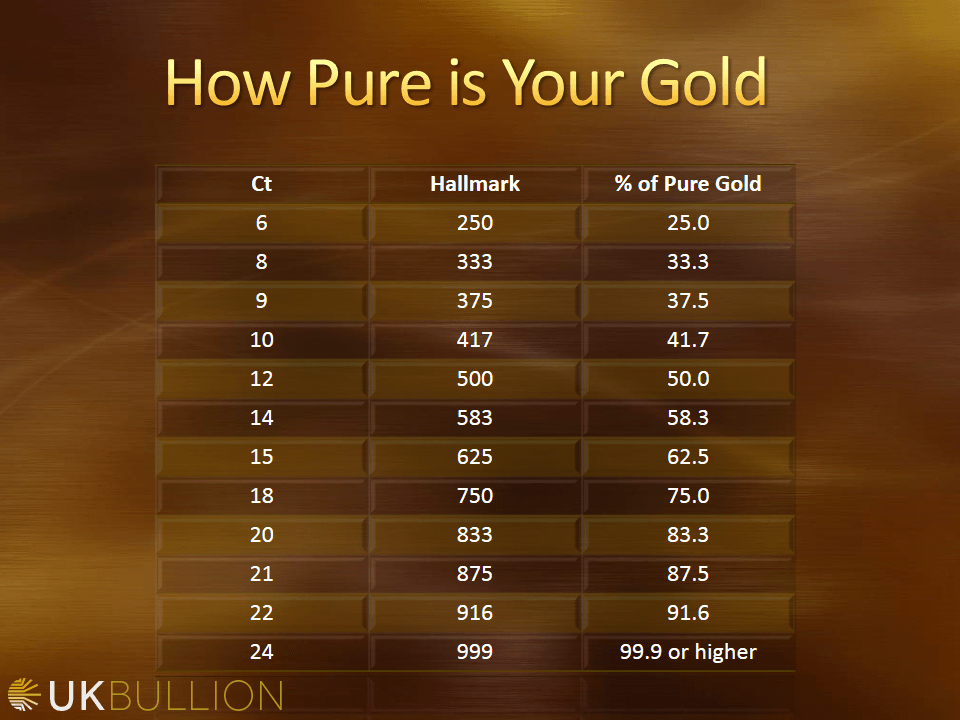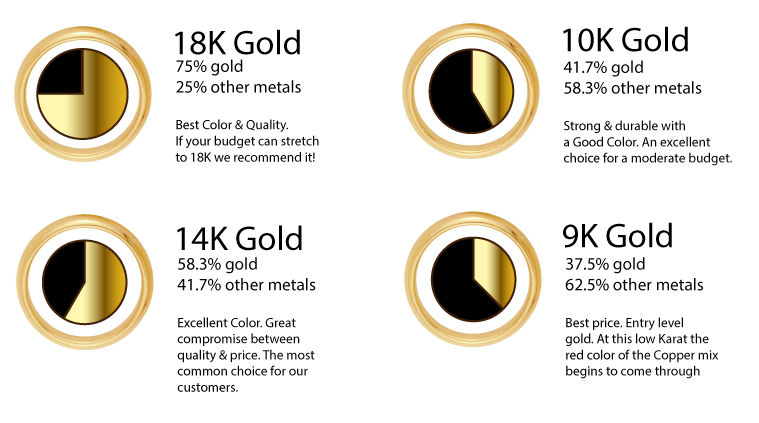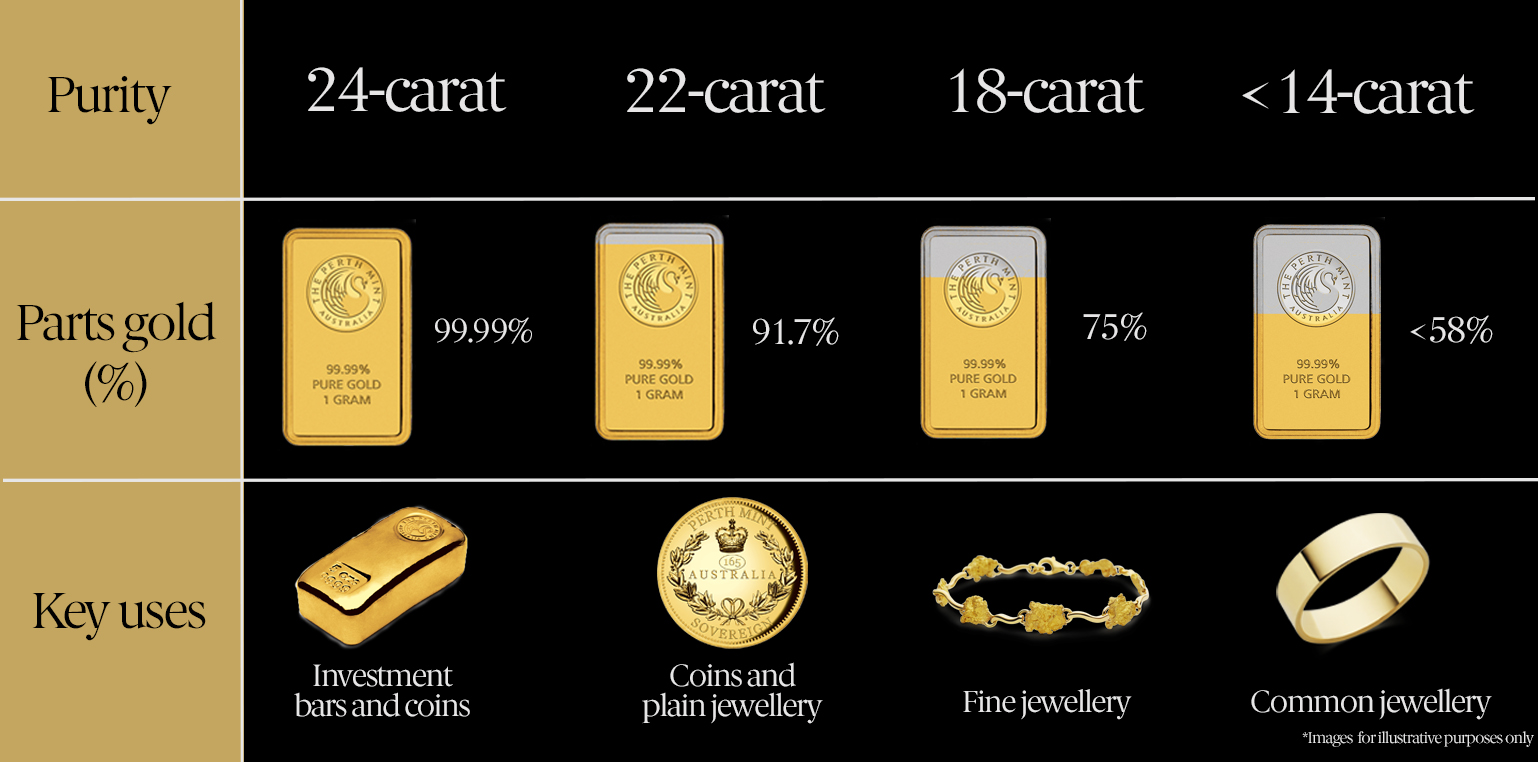What does a 750 stamp mean on gold? This seemingly simple question opens a fascinating world of gold purity, hallmarking, and the subtle nuances of precious metal identification. Understanding the 750 hallmark is key to discerning the quality and value of your gold jewelry, ensuring you’re making informed decisions whether buying, selling, or simply appreciating your precious possessions.
This mark, often seen alongside other markings, reveals a wealth of information about the piece’s composition and origin.
The “750” hallmark, often interchangeable with 18K or 18ct, indicates that the gold item is 75% pure gold. The remaining 25% consists of alloying metals, such as silver, copper, or zinc, which are added to enhance the gold’s durability, color, and workability. This blend creates a stronger, more resilient piece of jewelry compared to purer gold, making it suitable for everyday wear.
The use of the “750” hallmark is common in many European countries and other regions, signifying a consistent standard of quality.
Understanding the “750” Mark on Gold

The hallmark “750” on gold jewelry is a crucial indicator of its purity and quality. Understanding this mark allows you to confidently assess the value and authenticity of your gold pieces. This section will delve into the meaning of the “750” mark, its variations, common usage regions, and comparisons with other gold karats.
Meaning of the “750” Hallmark
The “750” hallmark signifies that the gold item is 18 karat (18K or 18ct) gold. This means that 75% of the metal’s weight is pure gold, while the remaining 25% consists of other metals, typically alloys like silver, copper, or zinc. These alloying metals are added to increase the gold’s durability, hardness, and color. Pure 24-karat gold is too soft for most jewelry applications.
Variations in Presentation
The “750” mark might be presented in several ways. While “750” is the most common, you might also see it as “18K” (18 karat) or “18ct” (18 carat). These all denote the same gold purity: 75% pure gold. The specific presentation depends on the country or region where the item was manufactured and hallmarked.
Geographic Usage
The “750” hallmark, or its equivalents (18K or 18ct), is widely used in many countries, including but not limited to France, Italy, Switzerland, and other European nations. Many countries within the European Union utilize similar hallmarking systems, ensuring consistency in gold purity standards across the region. While the specific style of the hallmark might vary slightly, the core meaning remains the same.
Comparison of Gold Karats
The table below compares 750 gold to other common gold karats, illustrating the differences in purity and typical uses.
| Karat | Gold Purity Percentage | Common Uses |
|---|---|---|
| 24K | 99.9% | Bullion, coins, some high-end jewelry (rare due to softness) |
| 18K (750) | 75% | Fine jewelry, watches, high-value items |
| 14K | 58.3% | Jewelry, commonly used for its durability and affordability |
| 10K | 41.7% | Less expensive jewelry, often used for more durable items |
Gold Purity and Composition: What Does A 750 Stamp Mean On Gold

Let’s delve a little deeper into the meaning of that “750” hallmark you often see on gold jewelry. This mark isn’t just a random number; it’s a precise indicator of the gold’s purity and the composition of the metal itself. Understanding this will help you appreciate the quality and characteristics of your gold pieces.The “750” hallmark signifies that the item contains 75% pure gold by weight.
This means that out of every 100 grams of the piece, 75 grams are pure gold (Au), while the remaining 25 grams are composed of other metals. This 75% purity level is also often referred to as 18 karat gold (18K). The karat system, a traditional measure of gold purity, divides pure gold into 24 parts. Therefore, 18K gold (750) contains 18 out of 24 parts pure gold.
Alloying Metals in 750 Gold, What does a 750 stamp mean on gold
To achieve the desired properties and characteristics of 750 gold, other metals are added to the pure gold. These alloying metals are carefully selected to enhance the durability, color, and workability of the final product. Common alloying metals used in 750 gold include silver, copper, and zinc. Silver often contributes to a brighter, whiter appearance, while copper adds strength and a reddish hue.
Zinc can improve the casting properties of the gold and contribute to its overall durability. The precise proportions of these alloying metals can vary slightly depending on the desired final characteristics and the manufacturer’s specific formula. For example, a jeweler might use more copper for a richer, warmer color, or more silver for a paler, more brilliant tone.
Properties Contributed by Alloying Metals
The alloying metals play a crucial role in determining the final properties of 750 gold. Pure gold, while beautiful, is relatively soft and malleable. Adding other metals significantly increases its hardness and durability, making it suitable for crafting jewelry that can withstand daily wear and tear. Copper, for instance, increases the strength and hardness of the gold, making it more resistant to scratches and deformation.
Silver contributes to a brighter and more lustrous appearance. The careful balance of these metals allows for the creation of durable and aesthetically pleasing gold items.
Visual Characteristics of 750 Gold
gold typically exhibits a rich, warm yellow color. The exact shade can vary subtly depending on the specific alloying metals used, ranging from a pale yellow to a deep, intense gold. The surface of 750 gold items generally possesses a lustrous sheen, reflecting light beautifully. While not as intensely yellow as 24-karat gold, 750 gold maintains a classic and elegant appearance, making it a popular choice for a wide variety of jewelry designs.
Its rich color and moderate hardness make it ideal for both delicate and substantial pieces.
Identifying Authentic 750 Gold

Knowing that a piece of jewelry is marked “750” is a good start, but verifying its authenticity requires a more thorough examination. This section will guide you through several methods to help you distinguish genuine 750 gold from imitations or gold-plated items. Remember, caution and a critical eye are your best tools when assessing the authenticity of gold.Visual Inspection of the “750” Mark and Other HallmarksVisual inspection plays a crucial role in determining authenticity.
The hallmark “750” should be clearly legible and deeply stamped, not lightly etched or superficially applied. Examine the mark carefully for inconsistencies; a blurry, uneven, or easily removable mark is a red flag. Furthermore, the presence of additional hallmarks is vital. Reputable manufacturers often include the maker’s mark, country of origin mark, and sometimes even a year mark.
These additional hallmarks should exhibit the same level of quality and depth as the “750” mark. The absence of these secondary hallmarks, especially on items of higher value, should raise concerns. A genuine hallmark will usually be integrated into the metal’s surface rather than appearing as a sticker or an easily removable label.Differentiating Genuine 750 Gold from Gold-Plated ItemsGold plating involves applying a thin layer of gold over a base metal such as brass or silver.
While visually similar to solid gold at first glance, several characteristics distinguish them. Genuine 750 gold possesses a richer, more consistent color and luster than gold plating, which often shows signs of wear and tear more quickly. Gold plating is prone to scratching and fading, revealing the base metal underneath. The weight of the item is another indicator: a gold-plated item will feel significantly lighter than a solid 750 gold piece of comparable size.
A simple test involves rubbing the item against an unglazed porcelain plate; genuine 750 gold will leave a pale yellow streak, while gold plating will not. However, this test should be performed cautiously, as it might damage some delicate surfaces.Indicators of Counterfeit 750 GoldSeveral indicators can suggest that a 750 gold item might be counterfeit. It’s important to be aware of these potential warning signs:
- An unusually low price for a piece of jewelry of that size and apparent quality. This often indicates that the piece is not made of genuine 750 gold.
- Hallmarks that are too shallow, blurry, or easily rubbed off. Authentic hallmarks are usually deeply impressed into the metal.
- Inconsistent coloring or unevenness in the gold’s appearance. Genuine 750 gold possesses a consistent, rich color.
- A lack of additional hallmarks, especially on items of higher value. Reputable manufacturers include maker’s marks and country of origin marks.
- A noticeably light weight for the size of the piece. This suggests the item may be filled with a less dense material or entirely made from a different metal.
- Suspiciously smooth surfaces lacking any subtle texture or markings often seen in genuine handcrafted gold pieces.
The Value and Pricing of 750 Gold
Understanding the value of a gold item marked “750” involves several interconnected factors. Its price isn’t simply determined by the gold’s weight; the purity, design, market fluctuations, and even the retailer’s markup all play significant roles. This section will delve into these influencing factors and provide a clearer picture of how the price of 750 gold is determined.
Factors Influencing 750 Gold Prices
The price of a 750 gold item is a complex calculation. The most fundamental factor is the current market price of gold itself, expressed in a currency such as US dollars per troy ounce. This price fluctuates constantly based on global economic conditions, investor sentiment, and geopolitical events. Beyond the raw gold value, the weight of the item in grams is crucial.
A heavier piece of 750 gold will naturally be more expensive. Furthermore, the intricacy of the design and any additional gemstones or materials incorporated into the piece significantly affect the final price. Labor costs for crafting the item, the retailer’s profit margin, and any applicable taxes also contribute to the overall cost.
Comparison of 750 Gold Value to Other Karats
gold, being 18 karat gold (75% pure gold), holds a higher value per gram than lower karat golds, such as 14 karat (58.5% pure gold) or 10 karat (41.7% pure gold). For instance, a 10-gram 750 gold necklace will contain more actual gold than a 10-gram 14k gold necklace, resulting in a higher price. However, design can influence the price disparity.
An intricately designed 14k gold necklace might cost more than a simple 750 gold chain of the same weight due to the increased labor and material costs involved in its creation. The overall value also considers the market demand and desirability of the specific design.
Market Price Influence on 750 Gold Item Value
The market price of gold directly impacts the value of a 750 gold item. If the spot price of gold rises, the value of the 750 gold item will also increase proportionally. Conversely, a drop in the gold spot price will lead to a decrease in the item’s value. For example, if the market price of gold increases by 10%, the value of a 750 gold necklace will also increase by approximately 10%, assuming all other factors remain constant.
This dynamic relationship means that the value of 750 gold items is not static and changes continuously based on market trends.
Hypothetical Price Comparison: 750 Gold vs. 14k Gold
Let’s consider a hypothetical scenario. Assume the current market price of gold is $60 per gram. A 10-gram 750 gold necklace contains 7.5 grams of pure gold (10g
- 0.75). Therefore, the gold value alone would be $450 (7.5g
- $60/g). A 10-gram 14k gold necklace contains 5.85 grams of pure gold (10g
- 0.585). The gold value of this necklace would be $351 (5.85g
- $60/g). The difference in gold value between the two necklaces is $99 ($450 – $351). This doesn’t include the cost of manufacturing, design, and retailer markup, which would further increase the price difference. However, this illustrates how the purity of the gold directly affects the value based solely on the gold content.
Caring for 750 Gold Jewelry
Owning 750 gold jewelry is a pleasure, but preserving its beauty and value requires proper care. Understanding how to clean, store, and handle your gold pieces will ensure they remain lustrous and damage-free for years to come. This section details best practices for maintaining the quality and brilliance of your 750 gold investment.
Cleaning 750 Gold Jewelry
Regular cleaning is essential to prevent the accumulation of dirt, oils, and other substances that can dull the surface of your gold jewelry. A gentle approach is crucial to avoid scratching or damaging the delicate metal. Avoid harsh chemicals and abrasive cleaners.
- Preparation: Gather a soft, lint-free cloth (microfiber is ideal), a small, soft-bristled brush (like an old toothbrush), and a mild dish soap solution (a few drops in warm water).
- Cleaning: Gently immerse your gold jewelry in the soapy water. Use the soft brush to carefully clean any crevices or intricate details. Avoid scrubbing vigorously.
- Rinsing: Rinse the jewelry thoroughly under lukewarm running water to remove all traces of soap.
- Drying: Gently pat the jewelry dry with the soft cloth. Avoid rubbing aggressively, which could cause scratches. Alternatively, allow it to air dry on a clean, soft surface.
- Inspection: Once dry, inspect the jewelry for any remaining dirt or debris. Repeat the cleaning process if necessary.
Storing 750 Gold Jewelry
Proper storage is just as crucial as cleaning. Improper storage can lead to scratches, tarnishing, and even damage to gemstones if present.
It is recommended to store each piece individually to prevent scratching. Soft pouches or fabric-lined boxes are ideal. Avoid storing gold jewelry in direct sunlight or high-humidity environments, as these can contribute to tarnishing. Also, keep your jewelry away from harsh chemicals and cosmetics, as contact can cause damage.
Risks of Improper Handling and Cleaning
Using abrasive cleaners, harsh chemicals, or excessive force while cleaning can scratch the surface of your 750 gold jewelry, diminishing its luster and value. Similarly, storing your jewelry haphazardly with other items can lead to scratches and damage. Exposure to certain chemicals, such as chlorine in swimming pools or harsh household cleaners, can also cause discoloration or damage.
Ideal Storage Conditions for 750 Gold Jewelry
Imagine your 750 gold necklace nestled in a soft, velvet-lined jewelry box, tucked away in a cool, dry drawer, away from direct sunlight and extreme temperatures. This dark, dry, and temperature-stable environment prevents tarnishing and oxidation, ensuring the gold maintains its beautiful shine and original condition. The jewelry box itself provides a protective barrier against scratches from other jewelry or household items.
This thoughtful storage strategy is the key to preserving the longevity and beauty of your precious 750 gold pieces.
In conclusion, the “750” stamp on gold jewelry signifies a high-quality piece containing 75% pure gold. Understanding this hallmark allows you to confidently assess the value and authenticity of your gold items. By recognizing the factors influencing gold prices and following proper care instructions, you can ensure your 750 gold jewelry remains a treasured possession for years to come.
Remember to always inspect for additional hallmarks and be wary of signs of counterfeiting to protect your investment.
Frequently Asked Questions
What is the difference between 750 gold and 18K gold?
They are the same. “750” is the European standard, while “18K” (or “18ct”) is the common North American designation for 75% pure gold.
Can 750 gold be scratched easily?
While more durable than 24K gold, 750 gold can still be scratched. Proper care and storage are recommended.
How can I tell if a 750 stamp is genuine?
Look for additional hallmarks from a reputable assay office, consistent stamping style, and a mark that’s not easily removed. A jeweler can also authenticate the piece.
Where can I get my 750 gold jewelry appraised?
Reputable jewelers, pawn shops, and independent appraisers can provide appraisals. Check for credentials and experience before choosing an appraiser.






